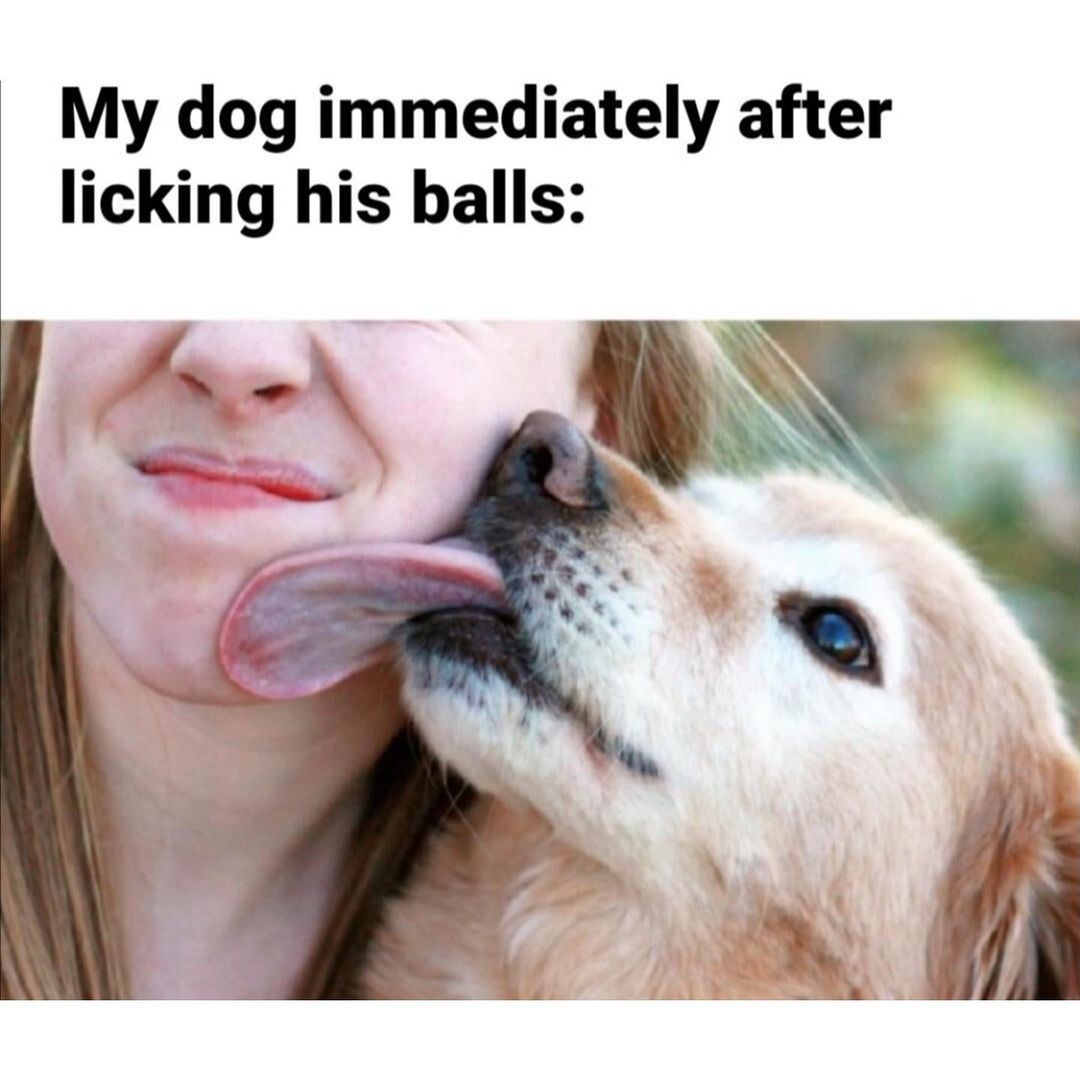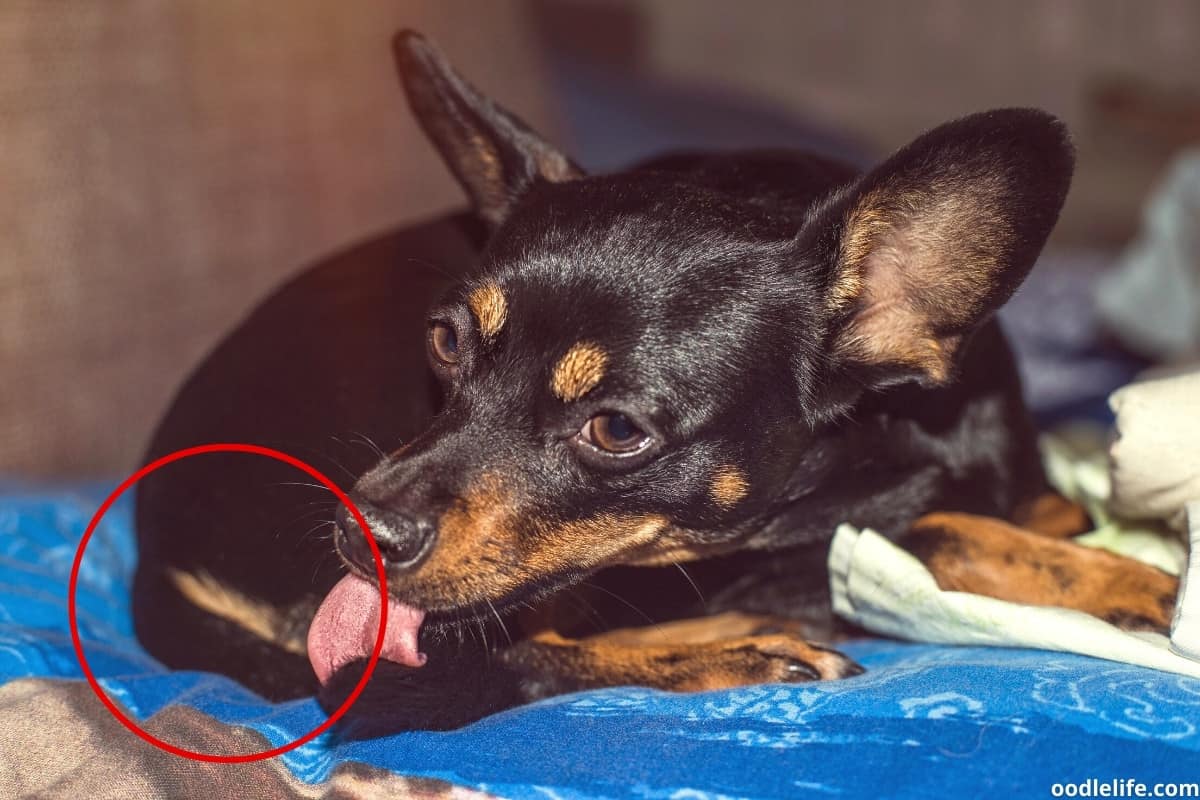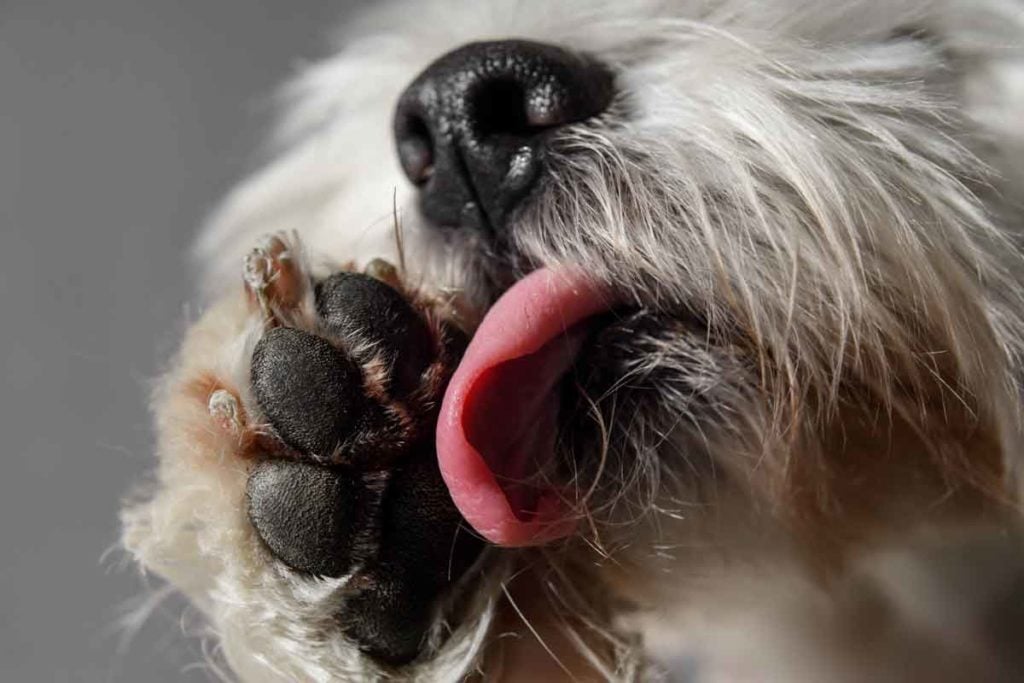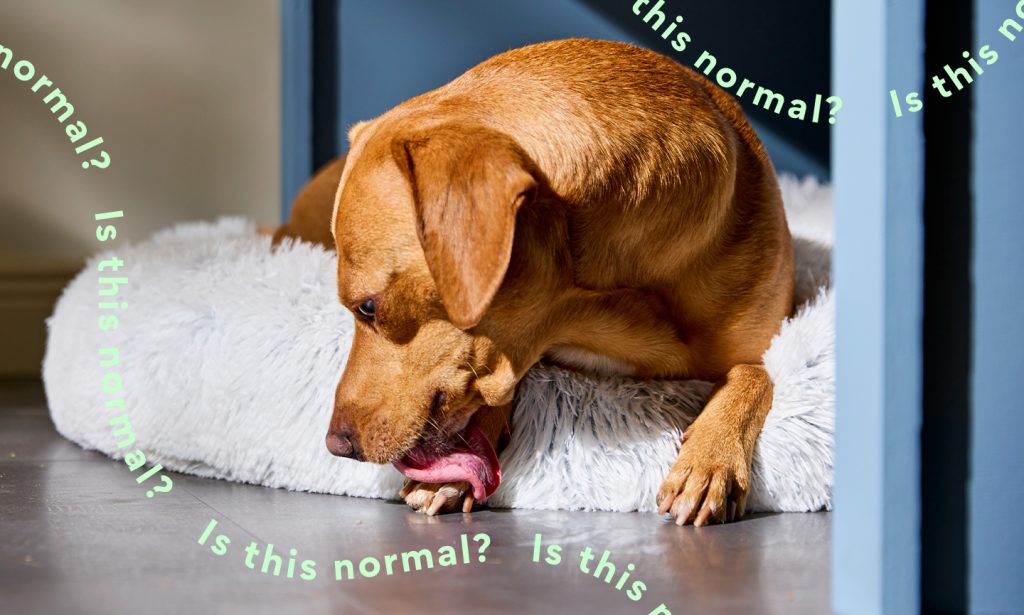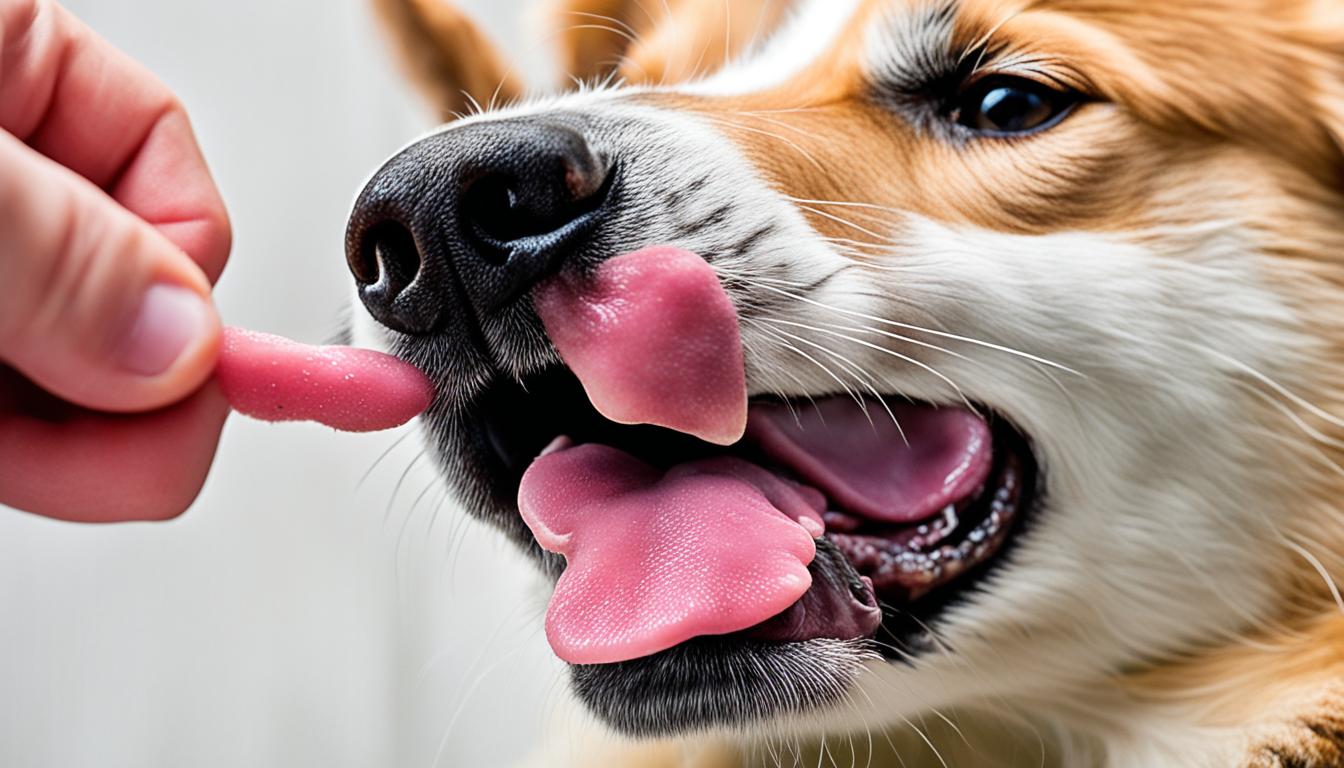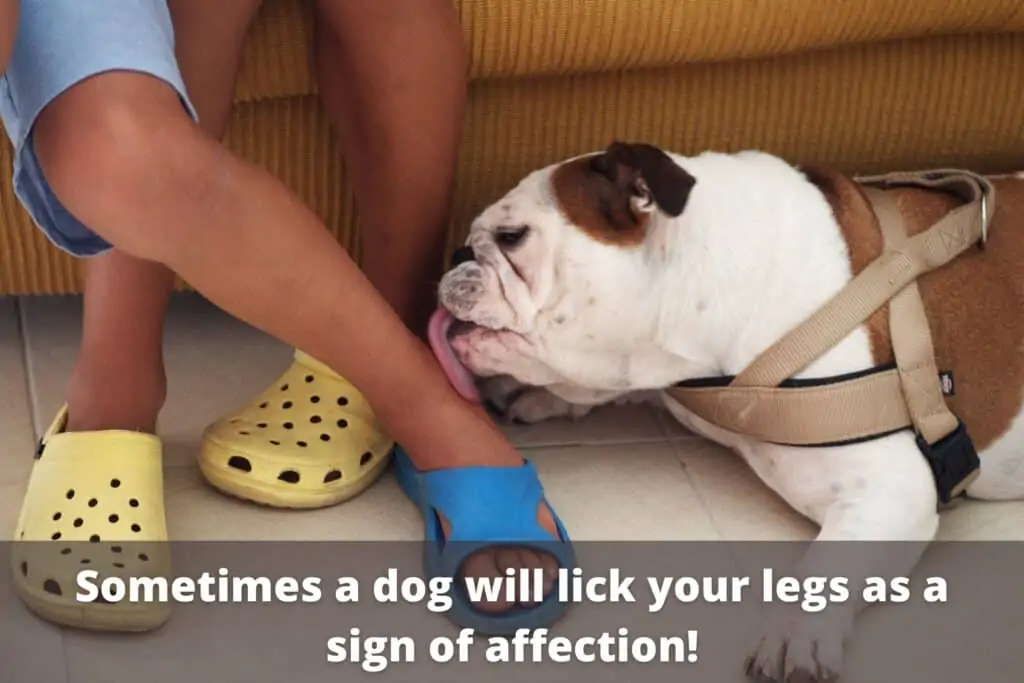Why Does My Dog Lick His Toys
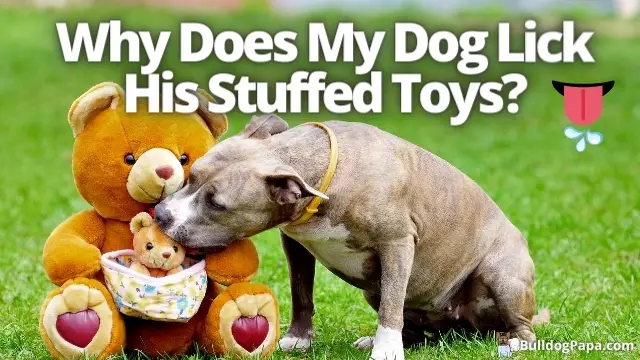
A seemingly innocent behavior, a dog repeatedly licking its toys, can quickly morph from endearing to concerning for many pet owners. Is it simply affection, boredom, or a sign of an underlying health issue? Decoding this common canine quirk is crucial for ensuring our furry companions' well-being.
This article delves into the complex reasons behind why dogs lick their toys, drawing upon veterinary research and expert insights. We aim to provide a comprehensive understanding of this behavior, addressing both the benign and potentially problematic causes, and offering practical advice for owners.
The Multifaceted World of Canine Licking
Licking is a natural behavior for dogs, starting from puppyhood. It's how they explore the world, communicate with their mothers, and bond with their pack. But when this behavior extends to inanimate objects like toys, the underlying reasons can be more varied.
Scent and Taste: Exploring Their Environment
Dogs possess an incredible sense of smell, far superior to humans. Toys, even after being washed, can retain traces of food, other animals, or even the dog's own scent, all of which are intriguing to them.
Licking can be a way for a dog to further investigate these subtle scents and "taste" their environment. This exploratory behavior is particularly common in puppies and young dogs still learning about the world around them.
Affection and Comfort: Emotional Connections
Sometimes, toy licking is simply an expression of affection. Dogs might associate certain toys with positive experiences, such as playtime with their owners or periods of comfort when they are alone.
Licking can then become a self-soothing mechanism, providing a sense of security and relaxation. The act of licking can trigger the release of endorphins, natural mood boosters, further reinforcing the behavior.
Boredom and Attention-Seeking
A bored dog is often a destructive dog, but sometimes their boredom manifests in repetitive behaviors like licking. If a dog isn't receiving enough mental stimulation or physical exercise, they might turn to toy licking as a way to occupy themselves.
Similarly, a dog might learn that licking a toy gets them attention from their owner, even if it's just a scolding. This can inadvertently reinforce the behavior, leading to a cycle of licking for attention.
When Licking Becomes a Problem: Medical Considerations
While many instances of toy licking are harmless, it's crucial to be aware of the potential for underlying medical issues. Excessive licking can be a symptom of various health problems, requiring veterinary intervention.
Gastrointestinal Issues: A Sign of Discomfort
One of the most common medical reasons for excessive licking is gastrointestinal (GI) distress. Dr. Emily Carter, a board-certified veterinary gastroenterologist, explains, "Dogs with nausea, acid reflux, or other GI issues may lick excessively in an attempt to soothe their discomfort."
Licking can stimulate saliva production, which can temporarily neutralize stomach acid. If your dog's licking is accompanied by other symptoms like vomiting, diarrhea, or loss of appetite, it's essential to consult a veterinarian.
Nutritional Deficiencies: Seeking Essential Minerals
In rare cases, compulsive licking can be linked to nutritional deficiencies. Studies have shown that dogs lacking certain minerals, such as sodium or iron, may exhibit pica, the consumption of non-food items, including excessive licking of toys.
A balanced diet formulated for your dog's age and breed is crucial for preventing nutritional deficiencies. Consult with your veterinarian about appropriate dietary choices.
Behavioral Conditions: Compulsive Disorders
In some instances, excessive toy licking can be a manifestation of a behavioral condition, such as canine compulsive disorder (CCD). CCD is characterized by repetitive, abnormal behaviors that interfere with a dog's normal functioning.
According to the American Veterinary Medical Association (AVMA), CCD can be triggered by stress, anxiety, or lack of environmental enrichment. Treatment often involves a combination of behavioral modification techniques and medication prescribed by a veterinary behaviorist.
What Can Owners Do? Practical Tips and Solutions
Understanding the potential causes of toy licking is the first step towards addressing the behavior. Here are some practical tips for owners:
- Provide ample enrichment: Ensure your dog has plenty of opportunities for physical exercise, mental stimulation, and social interaction.
- Rotate toys regularly: Keep your dog's toy collection fresh by rotating them every few days. This can help prevent boredom and keep them engaged.
- Offer puzzle toys: Puzzle toys that dispense treats can provide mental stimulation and keep your dog occupied.
- Clean toys frequently: Regularly wash your dog's toys to remove lingering scents and bacteria.
- Consult your veterinarian: If you suspect a medical issue or if the licking is excessive and accompanied by other symptoms, consult your veterinarian.
The Future of Canine Behavior Research
Research into canine behavior is ongoing, and scientists are constantly learning more about the complex reasons behind behaviors like toy licking. Future studies may focus on identifying specific genes or brain regions associated with compulsive licking, leading to more targeted treatments.
Furthermore, advancements in veterinary diagnostics may allow for earlier detection of underlying medical conditions that contribute to excessive licking. This could lead to more effective interventions and improved quality of life for our canine companions.
Ultimately, understanding why your dog licks their toys requires careful observation, a willingness to consult with veterinary professionals, and a commitment to providing a stimulating and enriching environment. By addressing the underlying causes, we can help our dogs live happier, healthier lives.

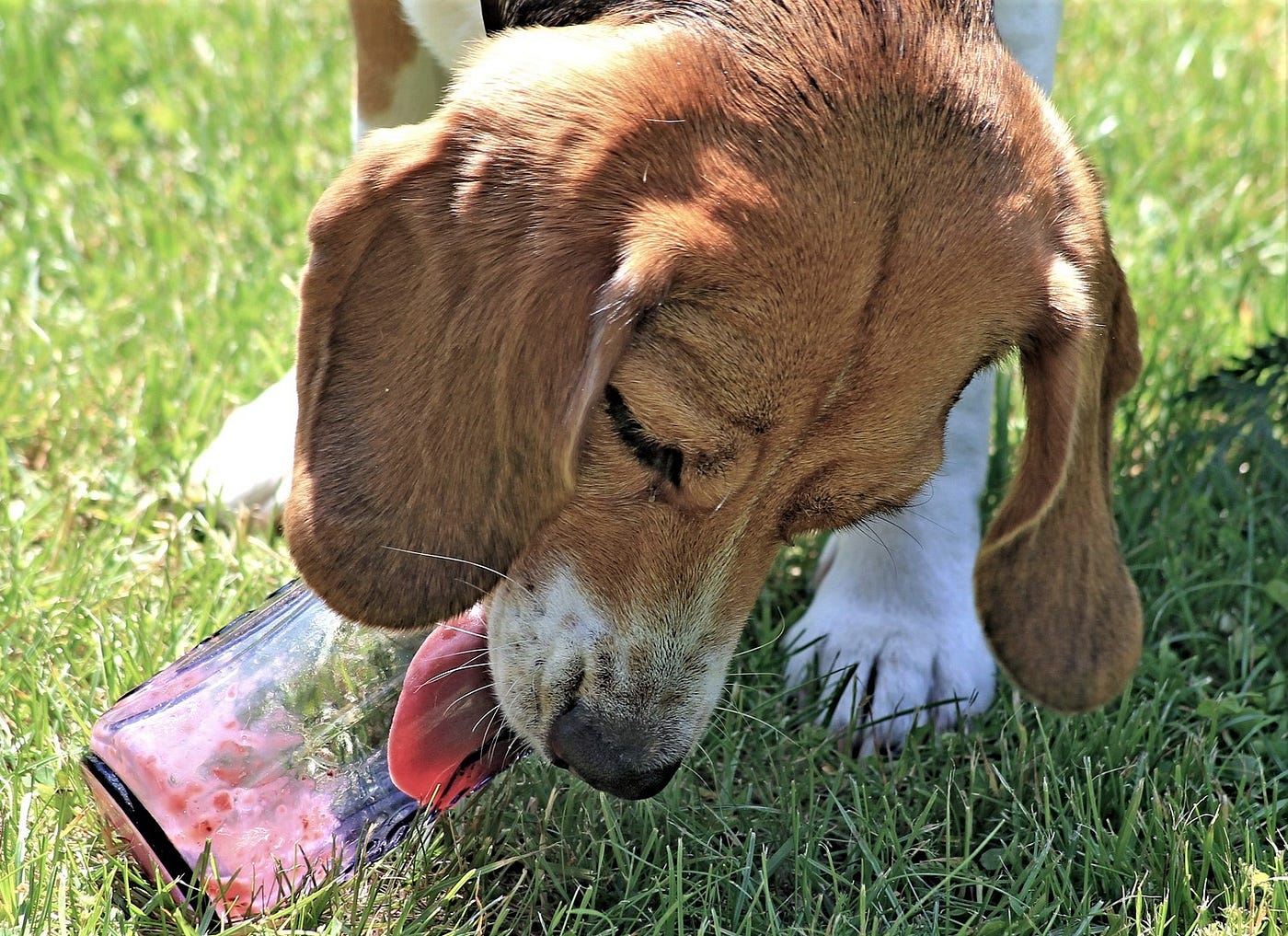
![Why Does My Dog Lick His Toys Why Does My Dog Chew His Toys On Me? [Explained] - Oodle Life](https://www.oodlelife.com/wp-content/uploads/2022/04/why-does-my-dog-chew-his-toys-on-me-1-683x1024.jpg)
